
Investment Summit in Nepal: Unmet Expectations Amidst Strategic Initiatives
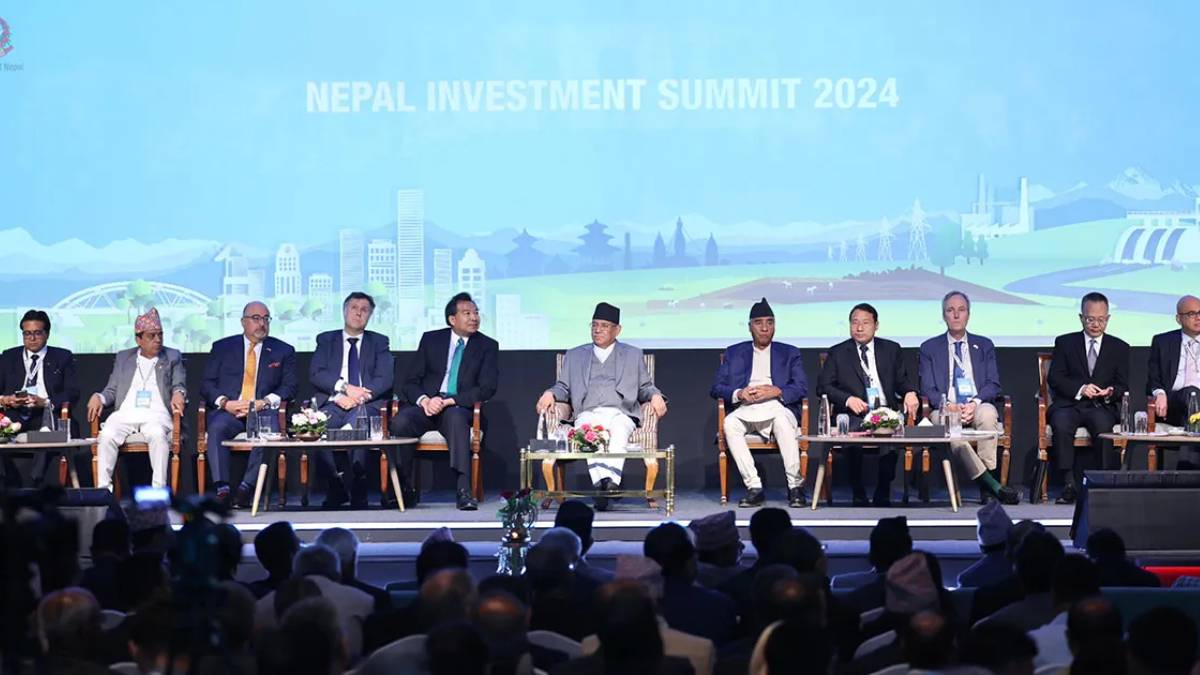
The third biennial Investment Summit in Nepal, aimed at galvanizing international interest and funding for local projects, concluded this past Monday. Despite hosting a considerable assembly of more than 2,500 delegates, including 800 from abroad, the summit struggled to secure the anticipated extensive investment commitments, casting light on the persistent and emerging challenges within Nepal’s investment framework.
Organizational and Legislative Hurdles
The summit was marred by noticeable organizational disarray and a lack of inter-agency coordination. This disorganization was highlighted by a reactive approach to legislative changes: crucial acts relevant to the investment landscape were amended hastily via ordinances just before the summit. Such last-minute legislative adjustments not only raise concerns about the stability and predictability of Nepal’s legal environment but also potentially deter investors looking for consistent policies.
Investor Sentiments and Market Dynamics
Despite efforts to project political unity and policy consistency, the response from international investors was tepid. Key concerns remained front and center, including the protection of investments, intricacies of the local tax system, potential market access issues, and the infamous bureaucratic red tape that could impede business operations. These elements underscored a broader skepticism, suggesting that Nepal’s investment climate might still be perceived as nascent and somewhat volatile.
Project Showcases and Commitments
The government introduced a roster of 154 projects during the summit, seeking expressions of interest specifically for 19 major ventures. Areas highlighted for potential investment included hydropower, infrastructure, and technology. Despite these opportunities, the actual commitments were limited to a few formal agreements. Notable among these were several MoUs aimed at enhancing trade relations and developing sector-specific collaborations:
Technology and Infrastructure: The agreement between BLC Group of Nepal and Yotta Data Services of India to establish a data center.
Trade Cooperation: The Federation of Nepalese Chambers of Commerce and Industry inked MoUs with both the National Chamber of Commerce, Malaysia, and the Federation of Malaysian Manufacturers to bolster bilateral trade.
Public-Private Partnerships: On promoting public-private initiatives, an MoU between the Nepal Association of PPP Professionals and Practitioners and the World Association of PPP Units and Professionals was signed.
Sector-Specific Developments and Strategic Initiatives
Several sectors saw specific developments:
Hydropower and Renewable Energy: An interesting partnership was formed between the Hydroelectricity Investment and Development Company Ltd and the Non-Resident Nepalese Association, aiming to utilize remittances for funding hydropower projects.
Hospitality and Wellness: The Saakha Group’s collaboration with Hong Kong’s Bower Group intends to introduce significant Chinese investment into Nepal’s burgeoning wellness and hospitality sector.
Technological and Regulatory Advancements
Recognizing the critical role of streamlined processes in attracting foreign investment, the Department of Industry inaugurated an automated system for investment approvals. This system is expected to reduce bureaucratic delays and improve transparency, thus enhancing investor confidence.
Infrastructure and Long-term Investments
The discussion on infrastructure focused significantly on the development of the Nijgadh International Airport, envisioned as a future hub capable of handling the projected increase in air traffic. Linked strategically with enhancements at the existing Tribhuvan International Airport, this project illustrates Nepal’s ambition to create substantial infrastructure capable of supporting long-term economic growth.
Conclusion: Reflections and the Road Ahead
In his concluding remarks, former Prime Minister KP Sharma Oli emphasized a unified political will to propel Nepal towards its developmental goals. However, the summit’s modest outcomes suggest a pressing need to refine investment solicitation strategies, address systemic inefficiencies, and enhance the overall business environment.
Future Outlook
Looking forward, it is imperative for Nepal to build on the feedback and lessons from this summit. Strengthening governance structures, ensuring policy consistency, and enhancing inter-agency collaboration could serve as critical levers to transform Nepal into a more attractive investment destination.
By investing in these foundational aspects, Nepal can aspire to not only attract more substantial investments in future summits but also ensure that these investments translate into sustainable economic growth and development.


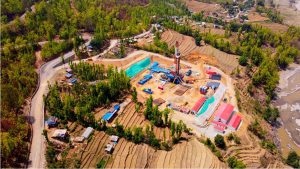

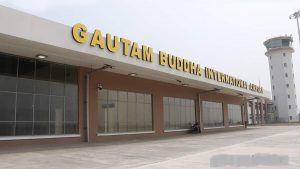





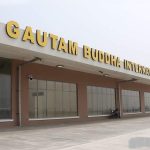
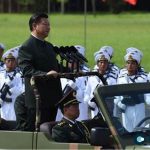
Comments